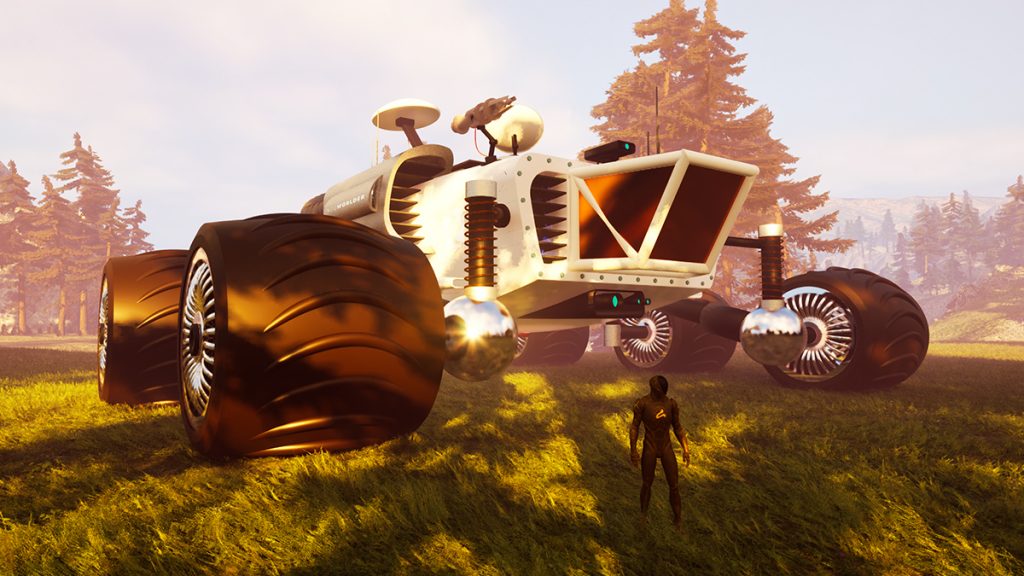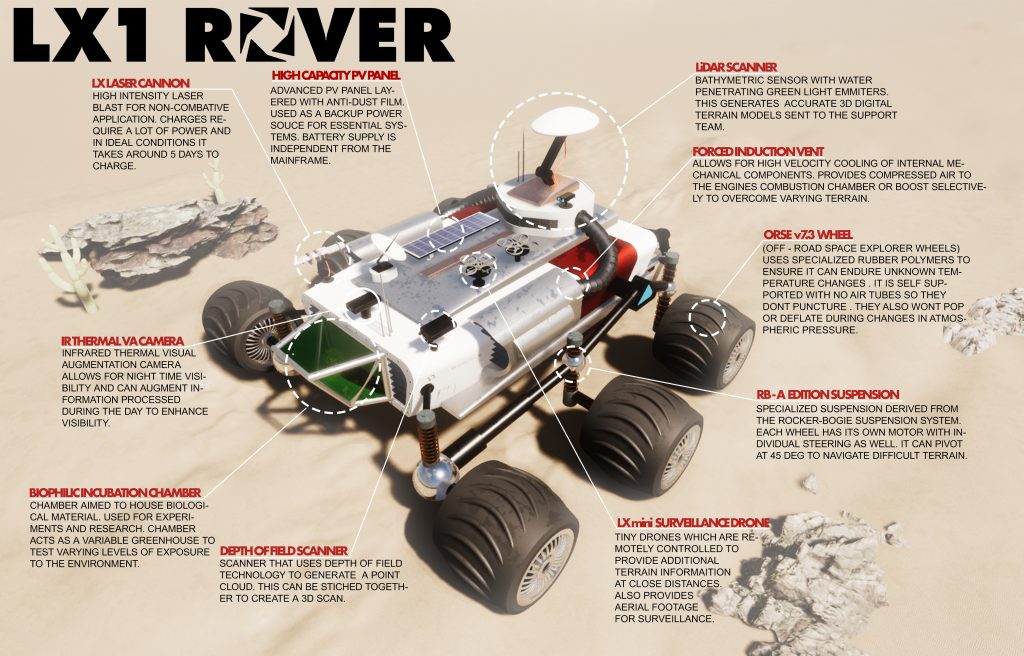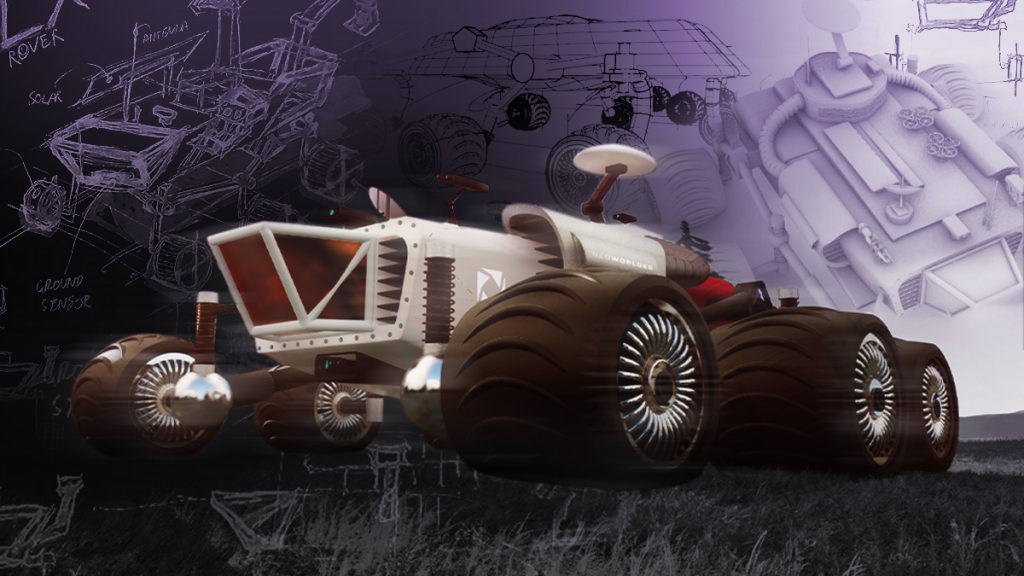In 2019, on a small island in the middle of the Indian Ocean, we discovered a wormhole in a parallel universe. We named the wormhole the “Tunnel”. Over the next few months, we conducted experiments by sending and receiving information through the Tunnel, as described in the research article “The Multidimensional Slice Theory.”
We have discovered a technique for printing or materializing matter at the other end of the Tunnel. This process is similar to nucleation, in which existing particles in a liquid or gas form a nucleus. This nucleus then attracts other particles, allowing for further growth and the eventual formation of an object.
At the Earth’s end of the Tunnel, we transmit informational packets at relevant frequencies and angles, which interact with the side of the Tunnel to create filaments. These filaments are malleable while in the tunnel and solidify when they exit. By adjusting the composition of the informational packets sent through the Tunnel, we can ‘print’ various materials, although polymers are easier to materialize. This allows us to create different shapes and consistencies as well.
We printed various technologies to aid in exploring Arcadia, a world within the parallel universe, including a space station named Einvaldi 1 and a rover nicknamed LX1. First, we designed and printed Einvaldi 1. The space station was powered by solar-like panels, which allowed the Arcadian light source to power it. Next, we completely enclosed the Tunnel in the north dome of the space station, where we built a 3D printer array capable of receiving filaments and molding them into various shapes. Next, we used this array to print LX1 remotely. The engineering for this was done through trial and error, and we eventually got it working. Finally, the rover was powered by a battery pack that took a long time to print.
We sent the LX1 to prospect Arcadia.
We are currently examining images and data from Arcadia. LX1 is exploring the land and gathering information from stone tablets left by the Mosaic Caravan, a small group of Arcadians who traveled the world and recorded memories of their homeland on the tablets in the Loeic language. Through these stories, they aimed to preserve Arcadia’s history and prevent it from being lost. LX1 scans the tablets, terrain, and objects and sends us the data to translate and analyze. This helps us better to understand the history of Arcadia and its inhabitants.



To aid in this process, we gridded each piece of land and assigned it a number. The following inscription was discovered in Loeic on H005-3: (Note that we could decipher it due to a more profound history involving deciphering writing on a stone and an exciting link between past humans and Arcadians. This will be the topic of a separate article.)
When Arcadians bid farewell
Their essence from this world does dispel
Up to the sky, it makes its way
A flash like lightning, marking the end of its stay
in the midst of Hell’s dark chasm
These life forces make a final gasp
A multicolored bolt, unique for each
A witness to the afterlife’s reach
So though the earthly bodies may decay
The spirit of the Arcadian will never fade away
Forever remembered in a final display
This passage describes a message that was decoded to reveal a belief held by the Arcadians that when they die, their soul rises to the sky and releases a multicolored bolt of lightning as it passes through Hell’s Bucket on its way to the Underworld. The belief is that while the physical body may decay, the spirit of the Arcadian endures, and the multicolored lightning serves as a final display of their journey to the afterlife.
The Arcadians are remembered in a beautiful and hopeful image; their spirit will never be forgotten. This serves as a reminder that life and death are inextricably linked; though they may be separate, they still create a unified cycle. This text comforts us that life, in all its forms, is meaningful and should be valued.
We have also started the exploration of the Arcadian skies. To that end, we sent a small space vehicle, E1, from Einvaldi to investigate the structures in the Arcadian skies. We discovered a large rock formation with designs on it directly east of Einvaldi. We’re looking into the possibility that it’s Olympus, the peak of Mt. Persephone that was ejected into space after an Arcadian eruption. Olympus was believed to be the home of extraordinary Arcadians, considered gods.



